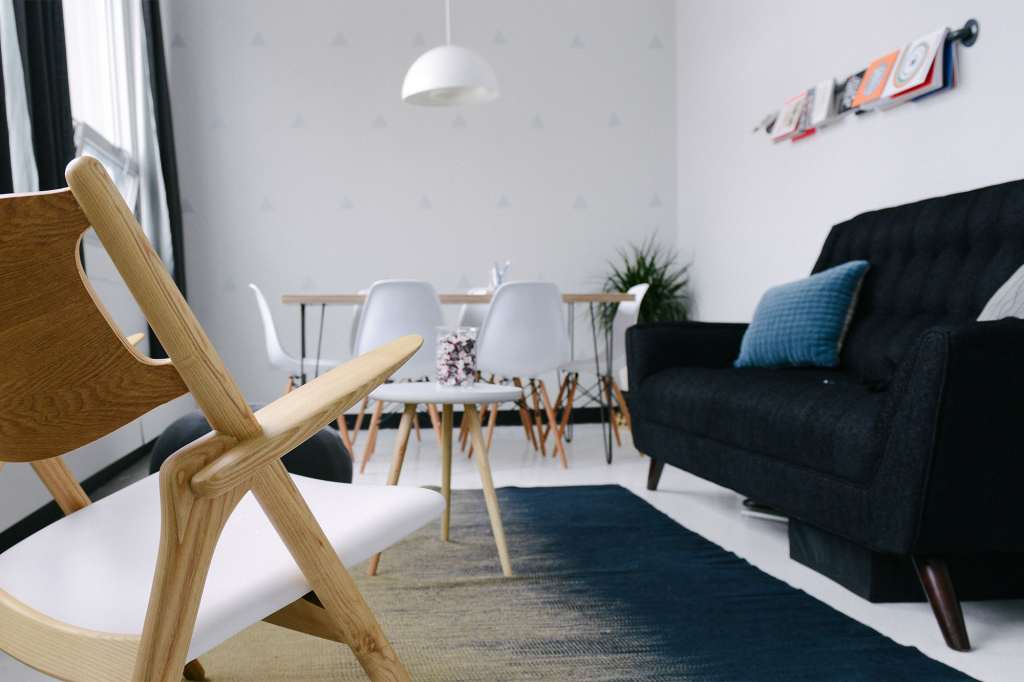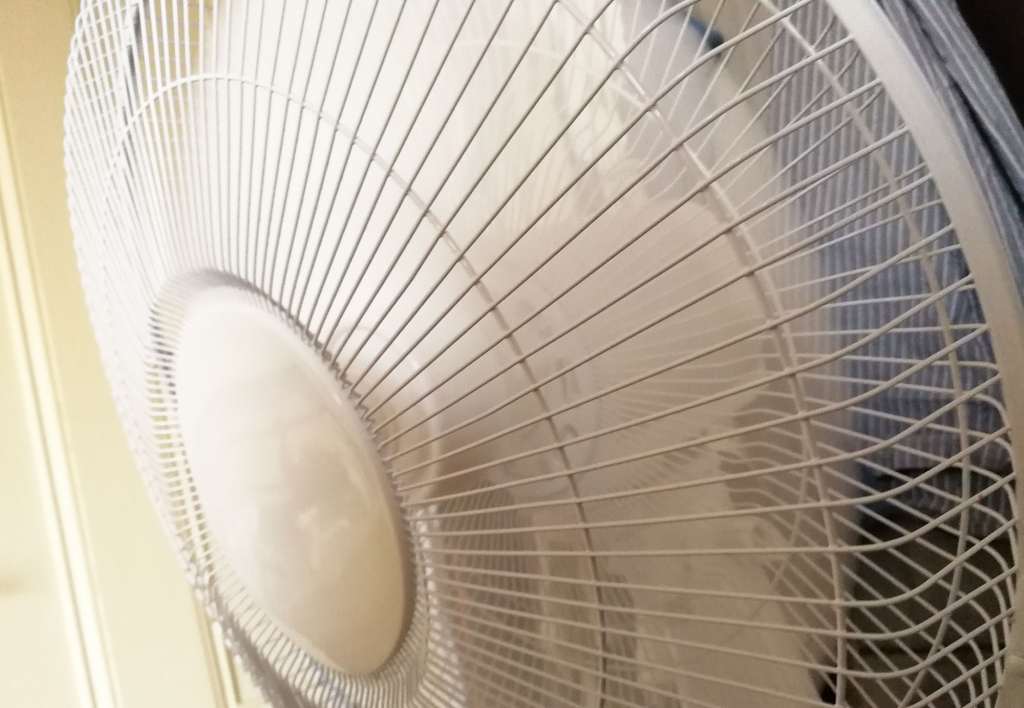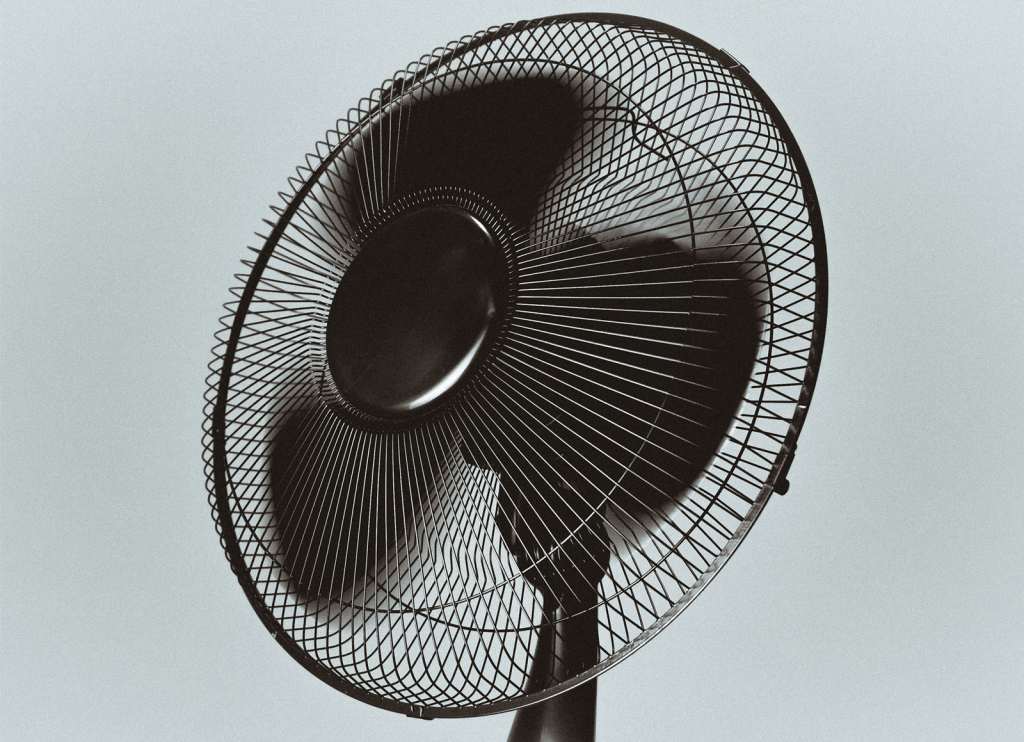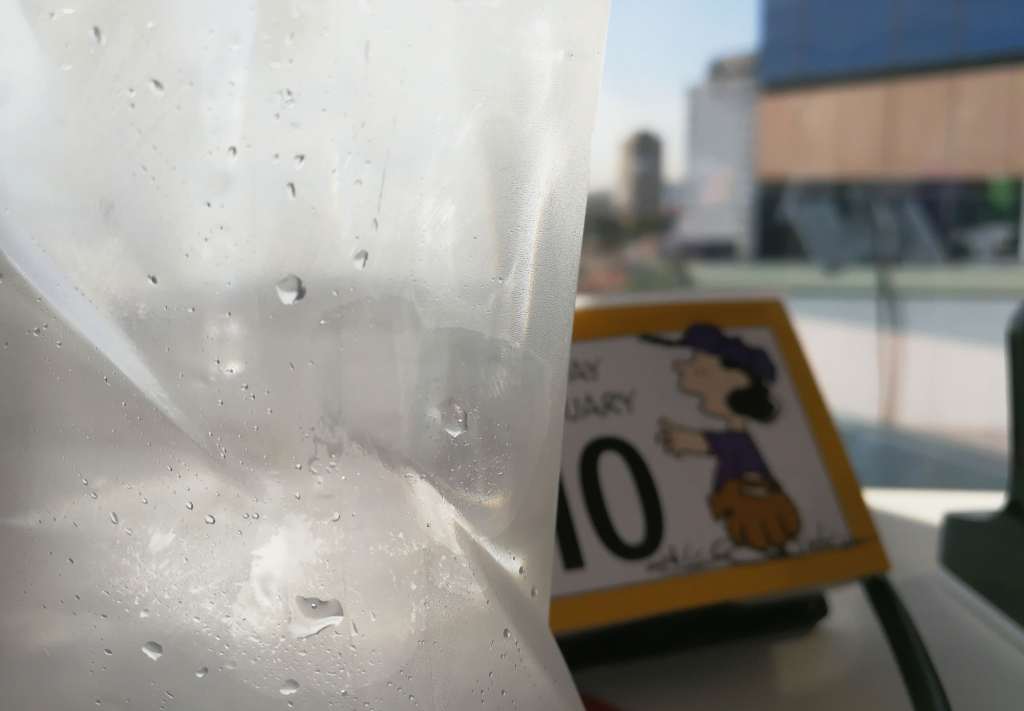Whether you choose to believe in global warming (and you should, because if you accept the science of computers, phones, TVs, and just about anything else you didn’t build that has electronics running through it, you should accept the things scientists say), the world is getting warmer.
At home, surviving has just been made more difficult, and depending on where you live, you may need a tip or two to stay sane in these hot, hot nights.
I’m sitting in a veritable wind tunnel as I write this, feeling the temperatures rise and a host of fans doing what they can to keep me sane. It’s six in the morning, and I don’t know whether I actually got any sleep. I know when I went to bed, and I know that I have work in a couple of hours, but I have no recollection of my eyes closing and my brain switching to standby, letting it recharge while I doze into dreamland.
But I at least know why I feel this way: it’s February, and the nightly temperature is around 30 degrees, making for a frustrating and possibly unbearable night if you don’t have air conditioning where you live.
Depending on when your home was built, renovated, or reconditioned, it may not even be an option without serious work on the home.
This writer spent much of his formative years overseas in places like Texas, where air conditioning is more or less a requirement, because the dry air of a scorching Texas summer just makes you want to curl up and die, and so air conditioning and a big glass of ice cold tea is about the only way to survive each day.
In Australia, however, the days and nights have never been quite this bad, and the world will never be the same.
Get used to it, folks: summer will continue to be like this, and it’ll get worse if we don’t begin to change our patterns.
In your home, survival can depend on the tips that will keep you from going gaga, especially if you don’t have something that can condition the air and keep your sanity checked at a little below 18 degrees, instead of the dripping with water and feeling mildly like someplace pleasant, not where you live where the temperature currently sits at 25 and higher when you’re trying to get some sleep.
The problem with renting
Australia isn’t the cheapest place in the world, and whether you want to have a discussion on the untenable rising house prices (let’s not, but it’s a serious matter) or the overall exy cost of living, the fact is this: there’s a good chance you don’t own the place you’re living in, and that means you don’t get to necessarily make the decision over what you can install.
Fortunately, the world doesn’t have to be completely hot and humid if you’re stuck in a situation where you can’t install an air conditioning unit like modern home dwellers.
“Renters have a multitude of portable options available during summer,” said Jessica Hull, Category Manager for Cooling at DeLonghi, who tells Pickr that the cheapest and most basic is a traditional fan, and that will “circulate the air throughout the room and offer some relief”.
“However,” she says, “the most effective solution in these situations is a portable air conditioner. These are single duct units with wheels, and not permanent installation required. They simply get rolled into the desired room, extend the provided window kit and connect the exhaust hose, and become a plug and play installation.”
That means if you have a window, you can open and patch a hose through the outside, allowing your room air to be treated quite easily using external influence, something Hull says has to happen if you hope to have any chance of actually making your room feel cooler.
“A traditional fan will not cool a room, no matter how the technology increases,” said Hull. “It will always circulate air at the temperature it was to start with. Air cooling will not happen without an external influence.”
The middle ground
It feels cooler, the air whipped into a frenzy and beating down your body by blades or motors or both, but in the world of air cooling, there’s the cheap, the expensive, and the middle ground.
The “cheap” is the fan, and while you can get expensive models — Dyson’s Air Multiplier technology certainly comes to mind — the most it can do is speed up the air, giving the impression that it is cooler.
“A combination of temperature and humidity levels can make a room feel hot and uncomfortable,” said Joe de Bella, Senior Product Marketing Manager for Panasonic’s Air Conditioning division. “Traditional home cooling fans only circulate air around a room and cannot change the temperature, remove any humidity or clean the air.”
That cooler air you’re feeling is a bit of an illusion. Your skin will feel a little nicer and your sanity will slightly prevail as this happens, and it’s also quite easily the most portable of the air treatment bunch, but it’s still, relatively speaking, a cheap option.
Even though the technology has changed a little bit over the years, adding more speed with a faster motor, making the blades less dangerous by removing them completely, or simulating a breeze with oscillation, they still aren’t really cooling things, it just feels marginally like they are (until you get used to it, usually when you’re trying to sleep, and you crack).
Next in the line is the middle ground, and this is an area where Australians tend to look at evaporative coolers.
Most commonly found in portable varieties — and by “portable”, we mean large blocks that you can roll on the ground — evaporative coolers take air and cool it down using water instead of the refrigeration that air conditioning uses, which can be more energy efficient than their AC siblings.
But there’s a catch: because evaporators use water as a cooling process, they do so by making the air heavier and more humid, and so only work if the air is dry.
If, however, it is very humid where you are and sticky enough that the weight of the air is what makes living unbearable, an evaporator is not what you’ll be looking at.
“Evaporative coolers increase the humidity levels in order to provide cooling, making them suitable for hot, dry climates,” said Balla. “In comparison, a reverse cycle air conditioner offers great cooling and reduces humidity in summer, as well as providing energy efficient heating in winter.”
Conditioned to find a solution
Outside of finding a way to improve the reach of the fridge and keep its door open (which won’t work because the thing tends to beep at you if you leave it open for longer than 30 seconds as it is), the promise of a cooler room isn’t an easy one if you don’t go for the logical option: air conditioning.
That’s the more expensive of the line-up, and as the cheap and middle ground can find ways to make you feel colder by playing with your sanity, the resulting issue is that if you live in a place where the air is both hot and humid, and your experiments with leaving the fan on at night only have you tolerating it provided you’re dressed head to toe in ice packs, air conditioning might be your only sanity.
It’s hard to look past these, and every division head we could get in contact with said the same thing: air conditioning is the best way to get the air circulating in your home to be cooler.
Doing our own independent research, it’s hard to fault this result, especially as the temperatures rise.
The weekend this article is being published, the Bureau of Meterology is forecasting some of the hottest temperatures yet, as the mercury is expected to hit the early 40s in Celsius, or between 104 and 112 Fahrenheit. That’s a real temperature, and it will likely be matched with real humidity, and it is seriously going to get dangerous for people, not to mention play with their sanity.
Ever tried to get to sleep when the air is heavy and the world feels like it’s burning? It’s close to an impossibility, and instead you just hope to pass out from exhaustion, though it’s a good idea to keep yourself well hydrated before that happens, downing water bottles because you need to remain healthy, too.
During the day, it’s much the same sort of result, and if you rent or live in a place where the decision to install an air conditioner — an investment which has to factor in the $500 to $2000 cost for the air conditioning unit itself, as well as the $500 to $1500 for the installation fee — is left with the landlord or someone else, it’s not something you’ll likely be doing in the next day or two.
A portable air conditioner can help in this regard, and if you’re away from the humidity, maybe even that evaporator, but the best help you may have is advice.
“Switching the air conditioner on during the hottest part of the day means it needs to exert more energy and takes longer to cool down the home,” said Dave Smith, General Manager for Sales and Marketing at Fujitsu.
Smith’s advice is therefore simple, and effective for anyone with any effective form of air conditioning in their home: run the cooling unit earlier in the day before the temperature hits its peak when the sun is overhead.
You could even switch it on for a couple of hours, cooling it while you go off and do something else, bathing in the air conditioning of a shopping centre, a movie cinema, or just heading down to the beach. With less warm bodies in the home to absorb the air being pushed out by the AC unit, it has less to do, and the air can be nice and brisk when you return.
“It’s also important to clean the filter and indoor unit grilles at the end of the season, as they will have collected dust throughout summer, which can restrict airflow and also stops the system working efficiently,” added Smith, who also advocates professional services to keep units working their best.
Survival without an air conditioner
We’re not going to lie: when the temperature runs the gamut from 35 Celsius to 47, things aren’t going to be pretty. You’re going to complain, we’re going to complain, and there are going to be a lot of annoyed and aggravated people.
Public transport will be horrible and slow and hot, especially if you’re on an older bus or train, and the general feeling we’re all going to be is cranky.
We will all be cranky and hot and frustrated and hopeful for rain.
In the home where Pickr writes this, the windows don’t open because the doors are French, and the only way to get cool air in is to make sure these are thrust open at all times, which in turn makes an air conditioner problematic.
Fans are the only hope for situations like this, but there are some ways to keep cool if you know how:
- Have a shower and use mint shower gel
- Have a cold shower
- Wet your clothes and let the air dry you
- Wet your hair and it let it bead down your skin, letting the air dry you
- Wear loose clothes
- Have a cold drink
- Run the cold drink’s condensation over your body
- Rest an ice cube on your head
- Rest an ice pack on your head
- Rest an ice pack anywhere on your body
- Sleep on an ice pack
- Wet towels and place them over the fans
- Freeze wet towels, and then take them out and wear them
- Sit downstairs, because hot air rises
- Sleep downstairs, because hot air rises
- Sleep on fresh cotton
- Sleep naked
There are lots of tips, many of which may end up helping you survive the days where the temperature shouldn’t be this high, and has never been quite this remarkably high before.
And if you fear it will stay this high, appearing at times during the summers to come, look into the best solution for your home, because the sanity of you, your partner, and your family is best managed when the temperature isn’t making everyone angrier.












